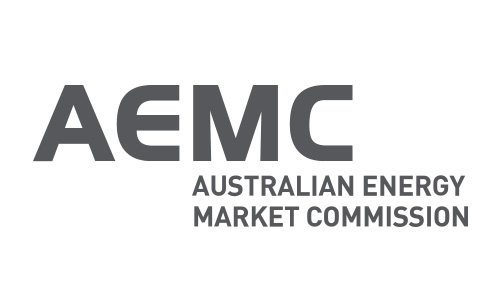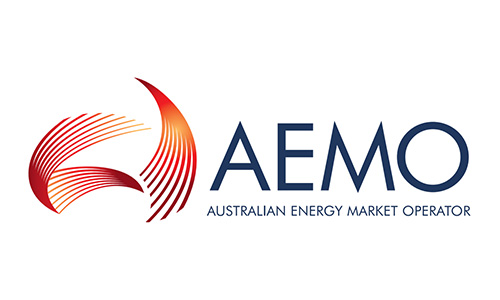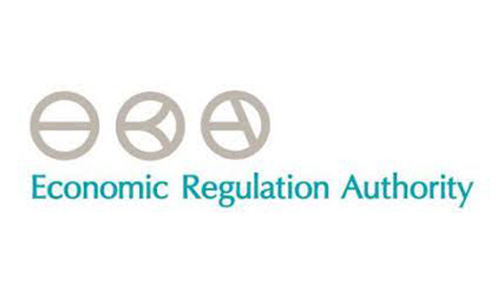The Energy Framework
The operation of the energy market is governed by a range of federal, state and territory legislation. This includes a set of national energy laws and rules, as well as specific state-based legislation, and is further supported by a series of guidelines, standards and procedures issued by independent government bodies.
There are a number of bodies that are responsible for specific parts of the energy market in Australia. The Council of Australian Governments (COAG) Energy Council has overarching responsibility and policy leadership for gas and electricity markets, and is supported in this function by the:
- Australian Energy Market Commission (AEMC) – develops the rules by which the market must operate
- Australian Energy Market Operator (AEMO) – handles the day-to-day operations of the electricity and gas markets
- Australian Energy Regulator(AER)–enforces the national gas market rules and makes judgements on our access arrangement proposals, except in WesternAustralia where the Economic Regulation Authority (ERA) performs this function
Under the current legislative framework, our assets are classified as either requiring a price:
- Determined by the AER or ERA (referred to as ‘full regulation’)
- Agreed directly with users, but overseen by the AER or ERA (referred to as ‘light regulation’)
- Agreed directly with users and the publishing of information specified in the National Gas Rules, unless they have an approved exemption (referred to as ‘uncovered’)
Assets fall into either classification based on the extent of market power we have within each market that the asset operates. The greater our market power, the more involved either the AER or ERA become in setting prices for the use of our assets. The responsibility for classification of the assets falls to the National Competition Council.
There are also a number of state based regulators responsible for technical safety and environmental regulation, monitoring performance and licencing.







